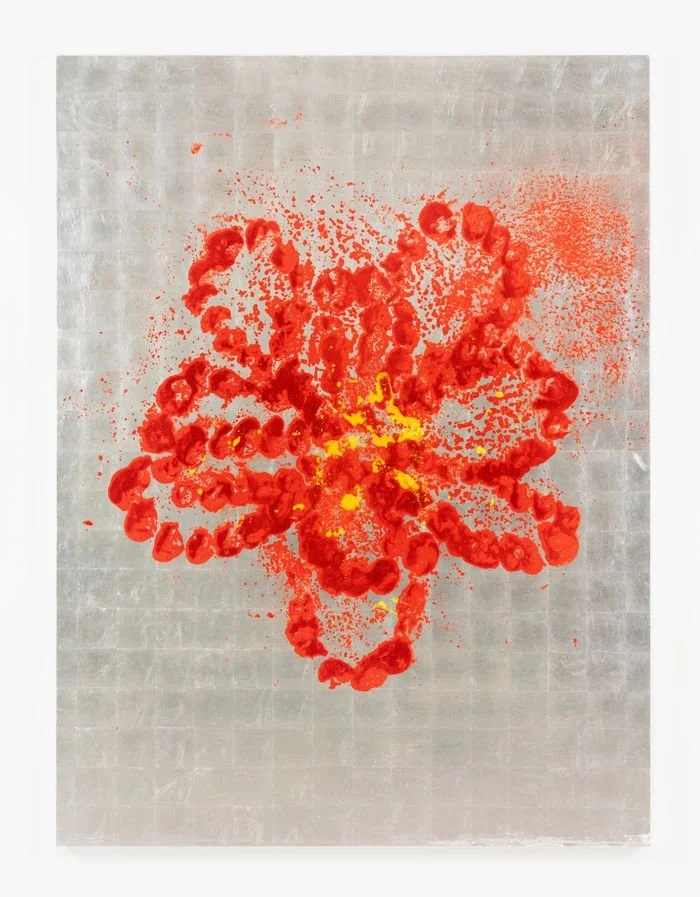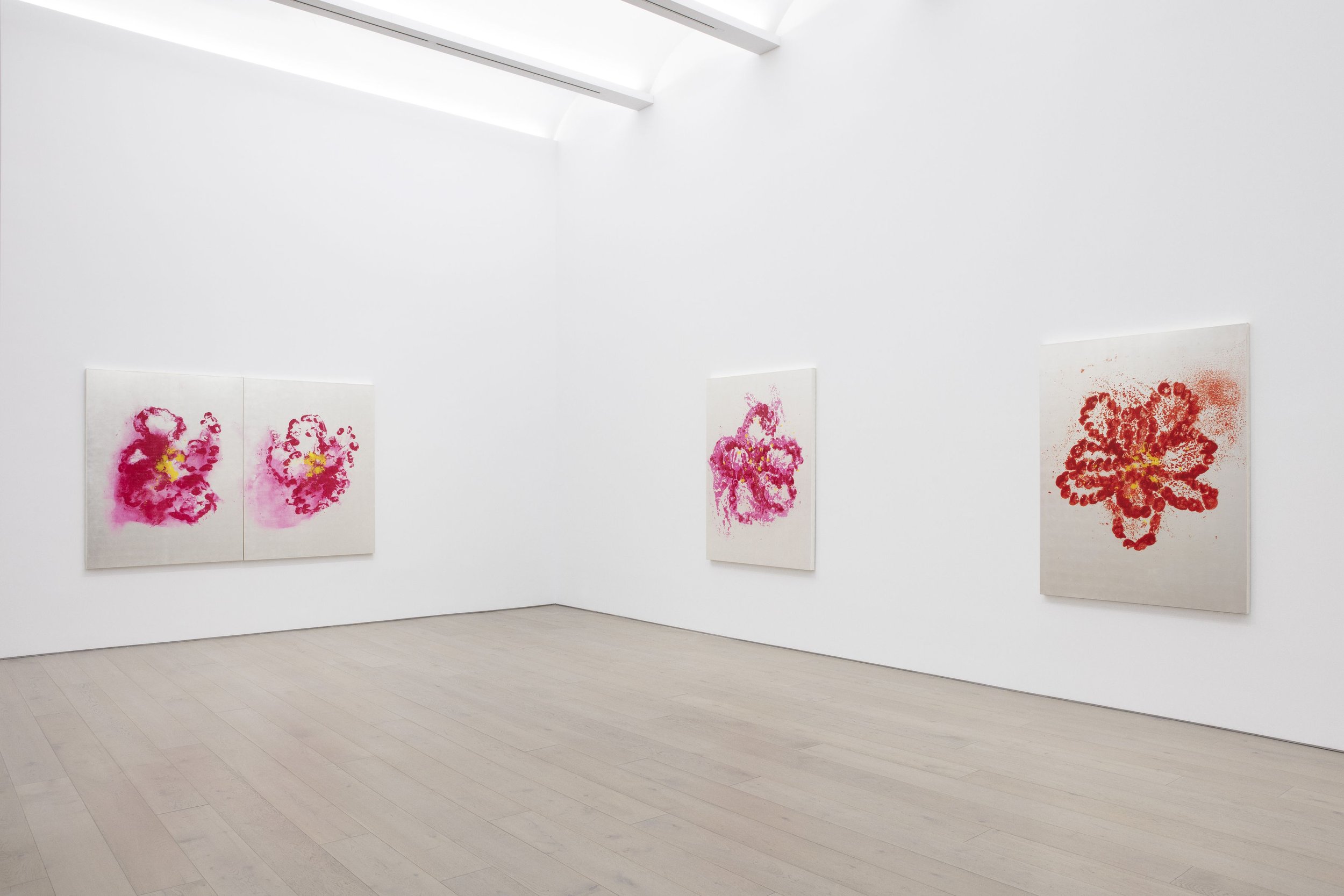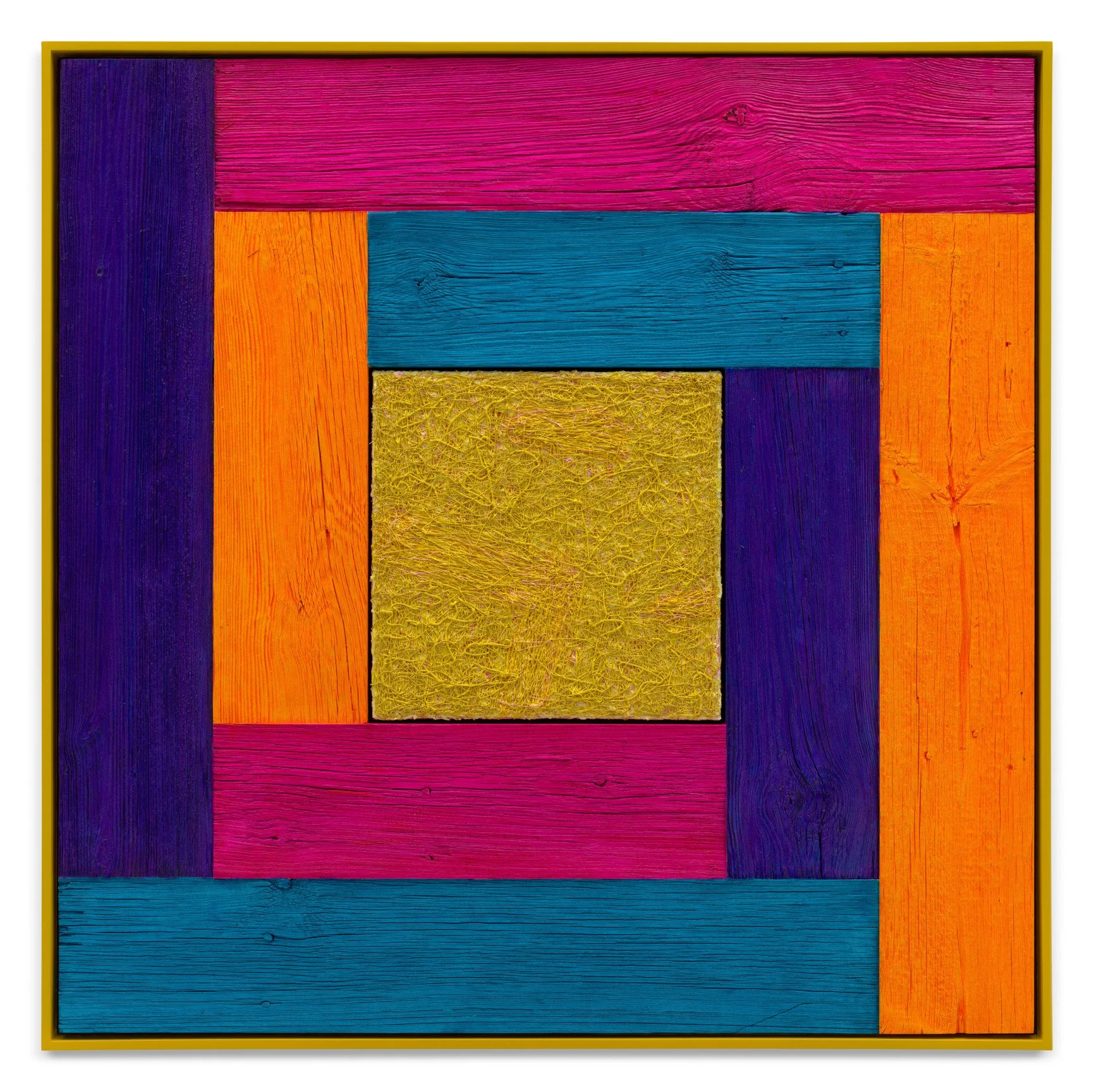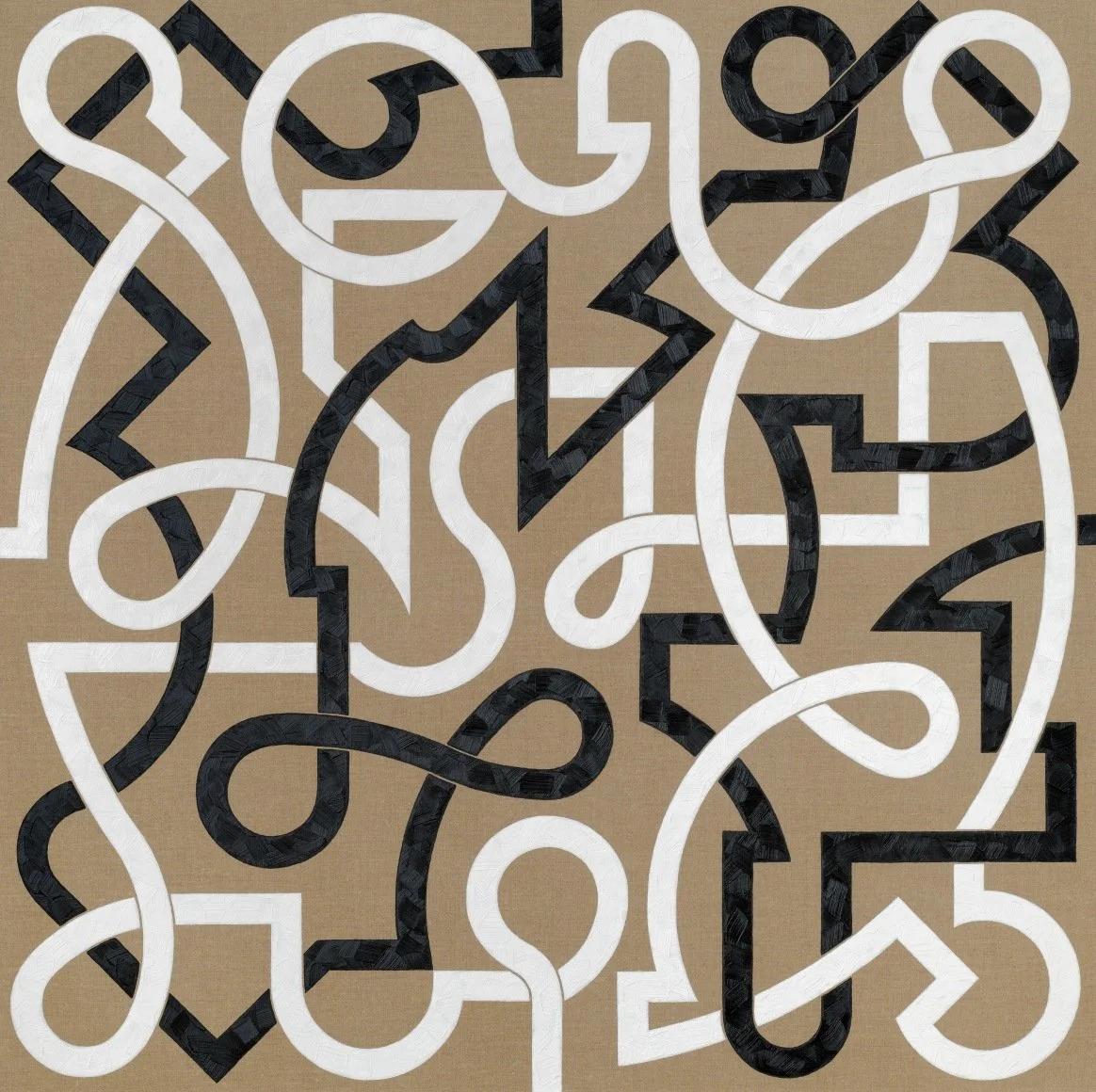Jean-Michel Othoniel
“The Reconciliation of Opposites”
New York, 130 Orchard Street
The following text was written by Daniel Palmer to accompany the exhibition.
Jean-Michel Othoniel’s artworks often recall the varied effects of optical devices, utilizing refraction and reflection to evoke the otherworldly qualities that exist around us and within us. Some of his sculptures mirror their environments like Victorian-era gazing globes, while they also speak of interior, psychological worlds like those envisioned by the fortune teller’s crystal ball. Very few of his works act as an undistorted simple mirror, but all help us see and contemplate our outward appearance and subjectivity. Others function like lenses of cameras, telescopes, or binoculars, through which we look outward to view or record a scene. There is also an element of the historic and esoteric in Othoniel’s work, recalling tools such as the Claude glass, a convex mirror used by landscape painters and named for Claude Lorrain though it was invented and popularized in the 18th century, also called a black mirror. And yet Othoniel’s art addresses our current era, like the increasingly psychologically complex black mirror of the iPhone’s polished “Gorilla Glass,” and the endless portal to myriad worlds it becomes when powered on. Of course, all of these rely on the most essential and innate of human technologies - the eyes, which perceive as they also reflect and speak to others (like the cliché goes) as the “windows to the soul.”
“My role as an artist today is to bring wonder and enchantment.”
What do the things that we look at say about who we are? The garden is the most telling subject to allow us to consider the question. The artist’s continued interest in flowers and gardens as vistas to behold and reflect who we are manifests in Othoniel’s newest exhibition at Perrotin gallery as well as his recent public installation at the Brooklyn Botanic Garden, The Flowers of Hypnosis. This well-deserved moment of celebration for the artist was the largest display of his work in the United States since his superb 2012 retrospective at the Brooklyn Museum. The outdoor exhibition consisted of six new monumental sculptures placed throughout the park’s varied settings in order to elicit deeper connections with the senses. This compelling group of new sculptures continued the artist’s long-standing attentiveness to flower blossoms, taking the recurrent forms of gigantic, mirrored beads and golden bead works, as well as his iconic rose motif – a display that is one of the most notable and compelling he has created in recent years.







